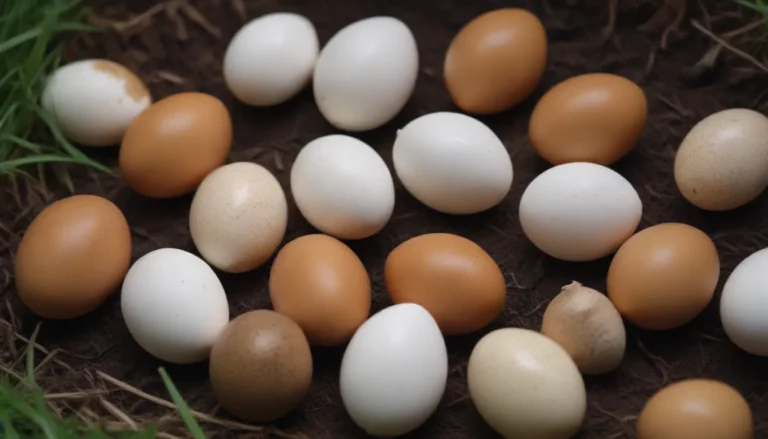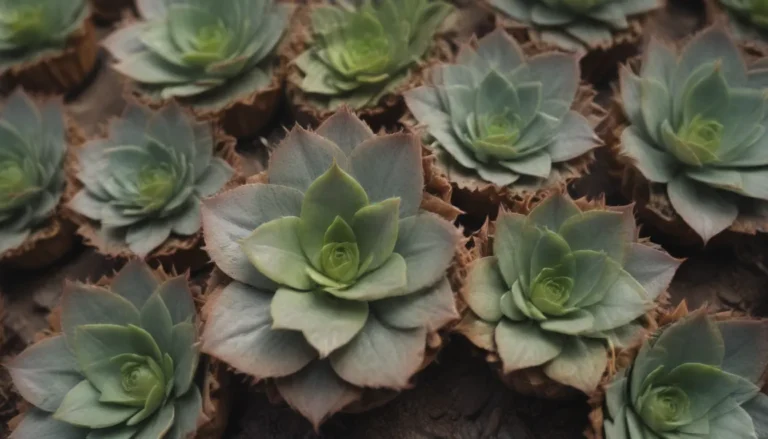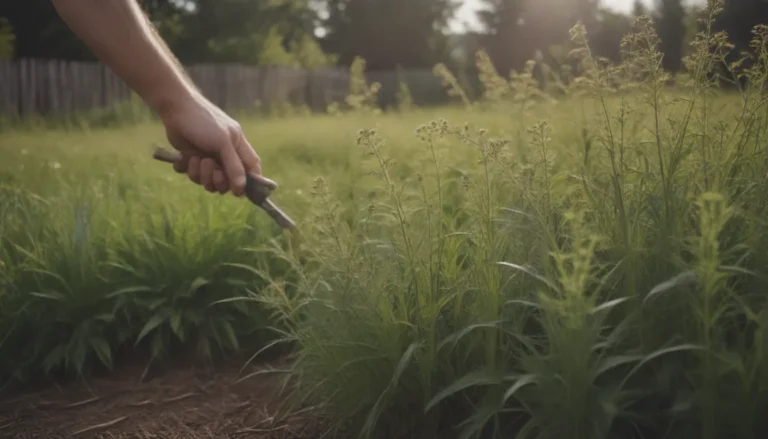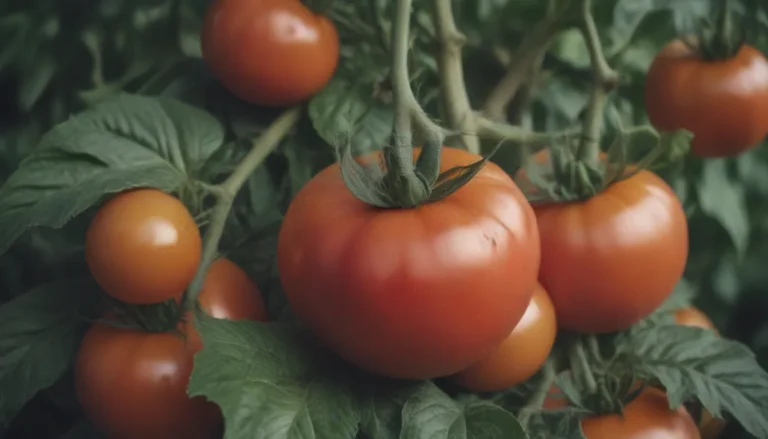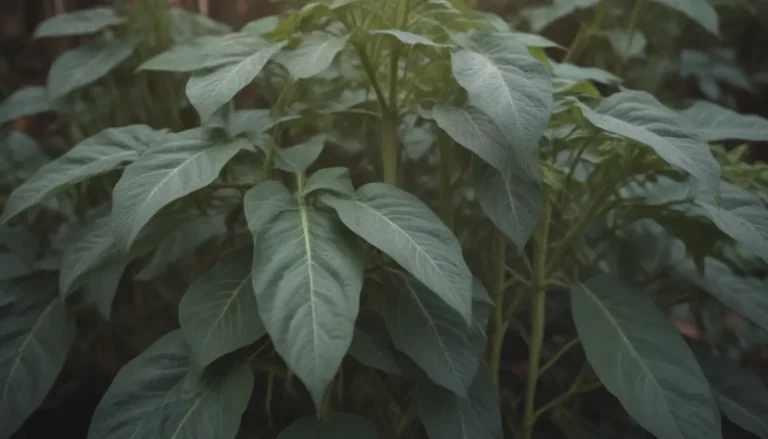Ultimate Guide to Growing and Caring for the ‘Crimson King’ Maple
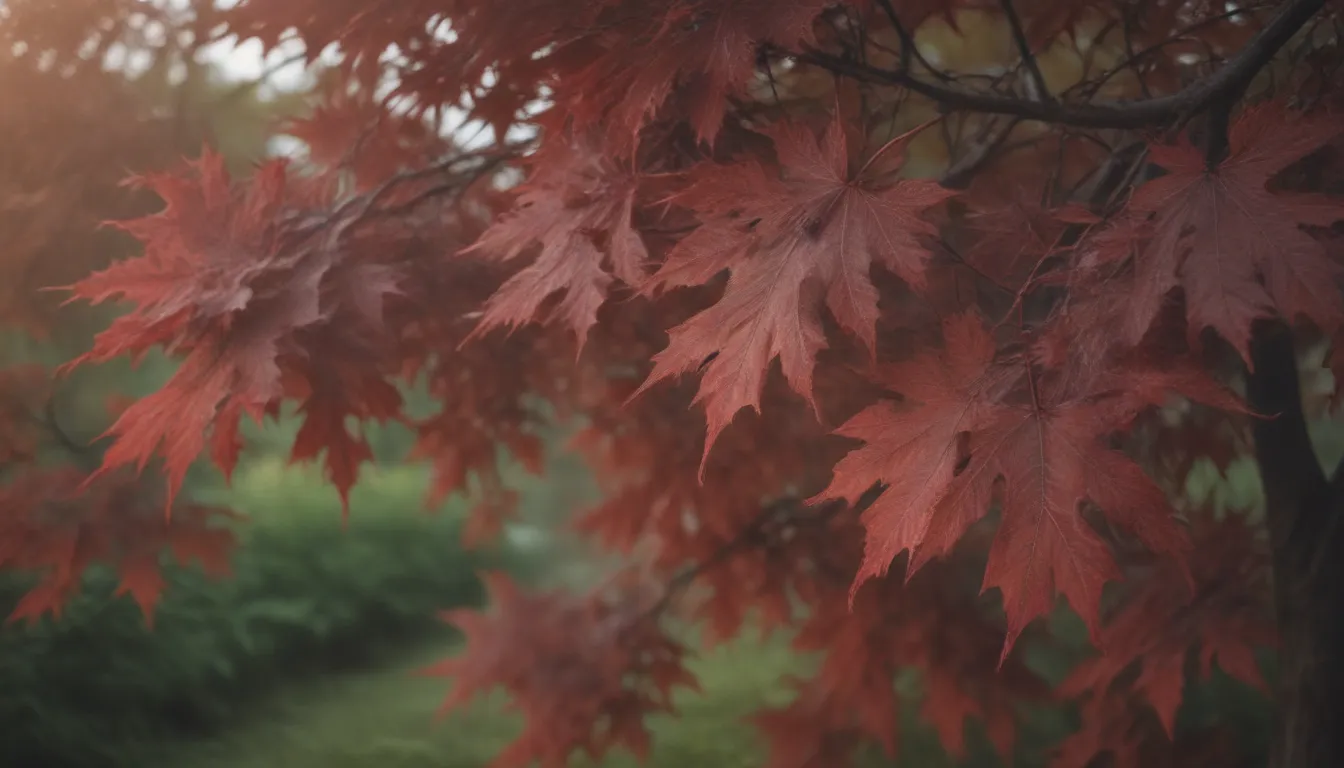
If you are considering adding a ‘Crimson King’ Norway maple to your landscape, there are some important factors you should take into account before making your decision. While this colorful cultivar can make for a lovely ornamental tree with its dark red to purple foliage, it comes with a set of challenges that need to be carefully considered. In this comprehensive guide, we will explore everything you need to know about growing and caring for the ‘Crimson King’ maple to help you make an informed decision.
What You Need to Know About ‘Crimson King’ Norway Maple Care
Before you decide to plant a ‘Crimson King’ Norway maple in your yard, it’s essential to understand the care requirements and potential maintenance issues that come with this tree. Here are some key points to consider:
Red Flags to Consider
- The ‘Crimson King’ Norway maple can be somewhat untidy, shedding its samaras (helicopter seeds) in the spring.
- It has a shallow root system, making it susceptible to breakage in winter and various types of root rot.
- The tree’s wind-carried seeds can spread far and wide, leading to potential invasiveness and environmental damage.
Tips for Keeping Your Tree Healthy
- Light: While the tree can tolerate full to part shade, it will perform best in full sun to maintain vibrant foliage colors.
- Soil: ‘Crimson King’ maple tolerates a wide range of soils but struggles in poor-draining soil.
- Water: Once established, the tree requires minimal irrigation and can withstand drought conditions.
- Temperature and Humidity: The tree thrives in temperate climates and should stay within its USDA habitable zone to avoid stress.
- Fertilizer: There is no urgent need for fertilization, but a high-N fertilizer can boost foliage production if desired.
Types of ‘Crimson King’ Norway Maple
The ‘Crimson King’ Norway maple is a cultivar of the Norway maple, and there are no other cultivars of this specific variety. However, if you are looking for trees with different forms or sizes, Japanese maple varieties could be a suitable alternative.
Pruning Tips for ‘Crimson King’ Maple
Pruning a healthy ‘Crimson King’ Norway maple is not typically necessary. However, if the need arises, winter or early spring while the tree is dormant is the best time for pruning. Ensure the tree has a good form (single main leader) and no damaged branches before pruning.
Propagating Your ‘Crimson King’ Maple
If you wish to propagate your ‘Crimson King’ Norway maple, there are a few simple methods to consider:
- Transplanting re-seeded seedlings found in your yard.
- Collecting samaras, removing the wings, and planting the seeds in pots to grow seedlings for transplantation.
Dealing with Common Pests and Plant Diseases
Aside from invasiveness, Norway maples are susceptible to various diseases, most notably root rots. Understanding the symptoms and preventive measures can help protect your tree from damage and ensure its longevity.
- Fomes Root Rot: Recognized by a grey, hoof-shaped structure growing on branches, leading to decay and drop.
- Ganoderma Root Rot: Displays as shelf-like fungi with ochre coloring, eventually causing branch and tree death.
- Laetiporus Root Rot: Large clusters of vividly colored orange fungi that harden and fall off, leading to tree decline.
Enhancing the Health of Your ‘Crimson King’ Maple
While the ‘Crimson King’ Norway maple faces challenges, providing optimal care and conditions can help it thrive in your landscape. Remember to consider the following tips to ensure the health and longevity of your tree:
- Ensure adequate sunlight for vibrant foliage colors.
- Choose well-draining soil to prevent root rot.
- Practice minimal irrigation once the tree is established.
- Stay within the suitable temperature range for the tree’s optimal health.
With proper care and attention, your ‘Crimson King’ Norway maple can provide beauty and shade in your landscape for years to come. By understanding its needs and addressing potential challenges, you can enjoy the benefits of this colorful cultivar while minimizing its negative impacts on your property and the environment.
